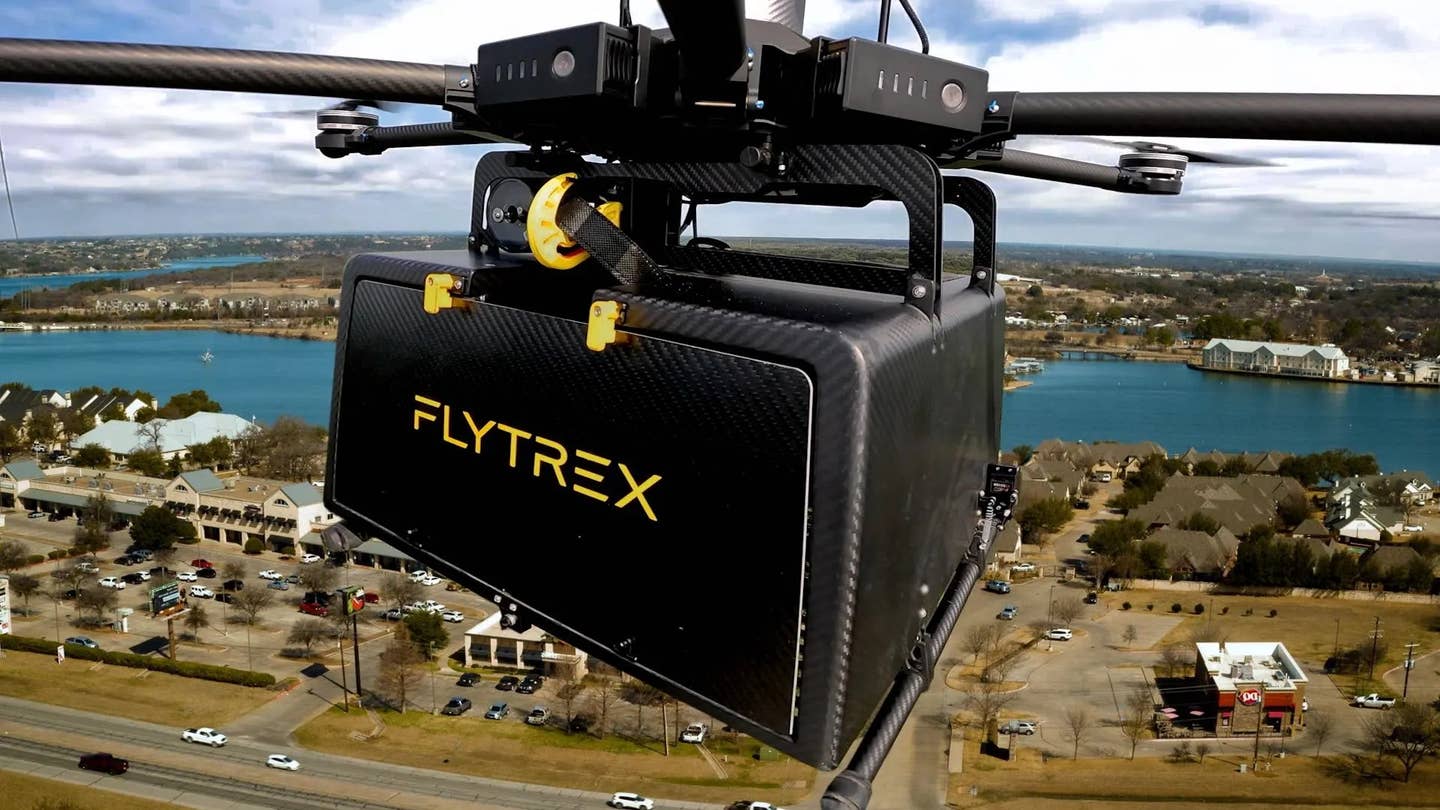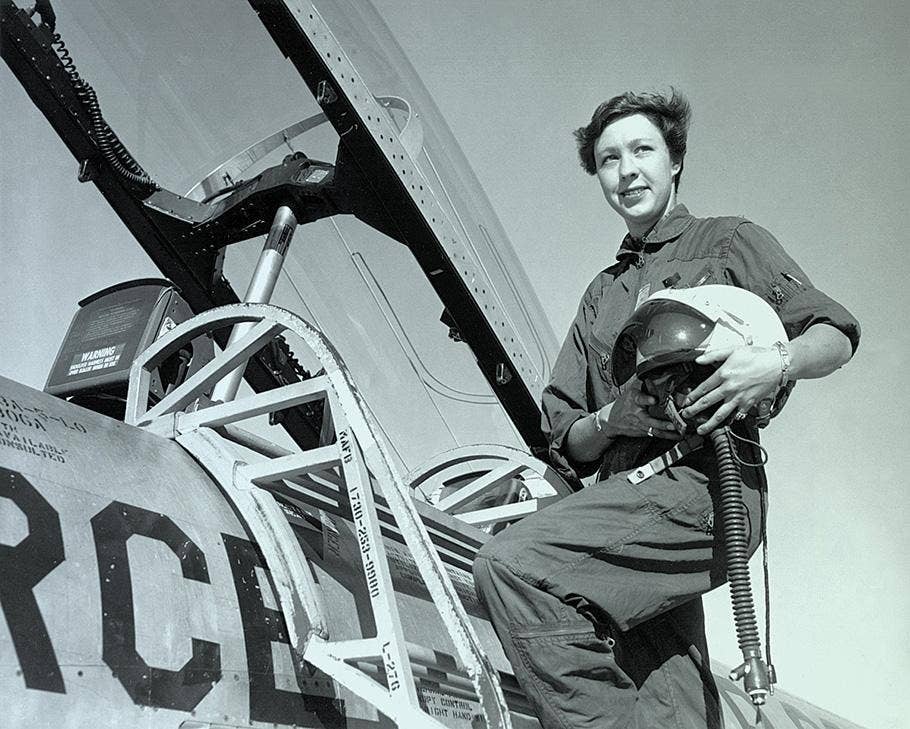Beyond the Basics: What Are Drones Used for?
Here are some UAV applications you may not know about.

The drone industry’s rapid growth has fueled innovative methods for applying the technology, ranging from studying whales to inspecting crops in precision agriculture.
[Courtesy: JeShoots/Pexels]
I had numerous combat tours in Iraq and Afghanistan as a U.S. Marine Corps officer. Following my deployments, I was diagnosed with a high level of post-traumatic stress disorder (PTSD). I’ve tried just about every treatment method available, but surprisingly, I found flying drones to be one of the most therapeutic tools out there.
While not backed by any specific medical findings, drones help to minimize the symptoms of PTSD I experience on a daily basis. I think looking at the world from an aerial perspective helps slow things down in my mind. I have spoken with many other veterans who have experienced the same relief while flying unmanned aerial vehicles (UAVs). It's a benefit of drone technology that I doubt was part of their intended design.
Like lessening the effects of PTSD for me, there are many applications for drones that most people have not heard of. The drone industry is rapidly growing, and that has fueled innovative methods for applying the technology, ranging from studying whales to surveillance, through inspections of crops in precision agriculture.
Applications You May Not Know About
Drones have revolutionized numerous fields by providing innovative solutions to a wide variety of challenges. When most people think of drones, they focus on aerial photography and recreational flying. While these applications are important, they represent only a fraction of what drones can do for us.
Here are seven notable applications of drones that highlight their diverse and beneficial uses.
- Organ transplant delivery
- Wildlife conservation
- Law enforcement (public safety and SWAT operations)
- Humanitarian assistance
- Precision agriculture
- Studying whales
- Planting trees
Revolutionizing Healthcare: Organ Transplant Delivery by Drones
In the U.S., there are more than 100,000 people in need of organ transplants. Without the gift of a lifesaving organ from a donor, many of these people will die. As if finding organs weren’t difficult enough, the medical community faces another challenge transporting medical specimens safely and efficiently.
In 2019, the University of Maryland, in collaboration with the University of Maryland Medical Center and the University of Maryland School of Medicine, conducted the first delivery of an organ to a patient by drone. Thanks to the endeavor’s success, drone organ deliveries have continued since this historic first.
Drones improve the success rate of transplants by ensuring that organs are delivered quickly and safely, even in traffic-congested urban areas. It's a unique approach to solving a problem that affects many transplant recipients. When time is of the essence, drone technology saves lives.
Enhancing Wildlife Conservation: Drones in Anti-Poaching Efforts
Unfortunately, we live in a world where some people behave unethically. The poaching of animals, especially endangered species, is one example of this type of behavior. Scientists and conservationists have learned that if you equip drones with a thermal camera, you can protect animals.
Drones can track animal movements, gather data on animals without disturbing their habitats, and deter poachers by patrolling large conservation areas. Organizations such as Air Shepherd are using drones and artificial intelligence to find poachers at night and stop them. As technology continues to improve, drones may one day be responsible for saving the planet's most endangered species.
Advanced Tactical Support: Drones in SWAT Operations
Most of us know that law enforcement professionals use drones for aerial surveillance. But what if drones could do more than just monitor a situation? Well, one Seattle-based company, BRINC, has developed drones that can actually assist SWAT in entering buildings and de-escalating intense situations.
BRINC's LEMUR series of drones can break glass windows to enter facilities and navigate within buildings without GPS. The drones are equipped with two-way radios so law enforcement can communicate with hostages or suspects within a building, and resolve crises without placing officers in harm's way.
Lifesaving Aid: Drones in Humanitarian Efforts
In the aftermath of natural disasters, drones are crucial for delivering medical supplies, food, and water to areas that are difficult or impossible to reach by traditional means. Drones can also assess damage, locate survivors, and map disaster zones for efficient rescue operations.
A UAV company called Zipline, for example, has pioneered the transport of medical supplies to remote areas of Rwanda via drone. In fact, the business transports whole blood, platelets, frozen plasma, cryoprecipitate, and vaccines nationwide. Currently over 75 percent of blood transfusions outside the capital city of Kigali are made possible by Zipline's drones.
Transforming Farming: Drones in Precision Agriculture
The world's population is more than eight billion, many of whom suffer from food scarcity. Given current population growth rates, experts project that we’ll need to double our food production rates by 2050. Unfortunately there isn’t enough arable land to grow the crops needed to support those numbers, so the only solution is to use land more efficiently.
Precision agriculture is a farming management approach that uses technology and data analysis to optimize crop yields, enabling us to get the most out of finite resources. Using RGB, thermal, and multispectral cameras, licensed drone operators can monitor crop health and assess soil conditions. UAVs can even apply pesticides or fertilizers precisely where needed, enhancing crop yields and reducing waste.
Marine Research Revolution: Drones for Studying Whales
Blue whales are the largest animals on earth. These gentle giants can grow over 100 feet long and weigh more than 200 tons. Studying these animals (and other types of whales) can be a real challenge. On one hand, the sheer size of these animals makes it difficult to track and observe them, requiring researchers to keep their distance. Conversely, getting too close to these behemoths can invade their natural habitat and potentially cause harm.
Drones can circumvent both of these issues. By flying above whales, drones can collect data without disturbing cetaceans in their natural environment.
One organization using drones for this purpose is the Ocean Alliance, which has created a revolutionary tool specifically for studying whales. Called SnotBot, the technology uses a modified consumer drone to fly over a whale's blowhole and collect "snot" on petri dishes mounted to the UAV.
The specimens collected by the team allow scientists to study DNA, stress and pregnancy hormones, microbiomes, and more, all without disturbing the whale's health or ecosystem.
Reforestation Innovation: Drones for Planting Trees
As climate change becomes a growing concern, we are seeing more wildfires worldwide. The wildfires, in turn, further accelerate the effects of climate change, creating a vicious cycle that grows more destructive each time around. There’s simply no getting around the fact that we need to plant more trees.
Drones are revolutionizing reforestation efforts by doing just, which is particularly useful in the most difficult-to-reach areas. They carry and disperse seed pods, enabling the planting of thousands of trees in a short amount of time to support reforestation.
One innovator in this field is the company AirSeed. AirSeed utilizes advanced drone hardware and software technology to revolutionize the scalability and effectiveness of biodiverse planting projects. Through their efforts and others like them, drones have the potential to drastically improve the speed at which we can reforest the planet.
Ready to Start Your Journey in the Drone Industry?
As you can see from our list, the possibilities for drone technology are almost endless. The industry is growing, and new applications are constantly coming to fruition.
Finding your place among these innovative applications, or within some of the more standard UAV gigs out there begins with earning your Part 107 license.
You may want to review material for the exam and consider signing up for online training programs like those offered by Altitude University, Gold Seal, and the Pilot Institute. It could be you that one day invents the next amazing application of this game-changing technology.
FAQ
What is the use of drones in 3D mapping?
With the right equipment (camera, sensors, RTK), drones can accurately collect images and provide the data to produce detailed 2D and 3D maps. These maps can be used in project management, disaster relief, and many other applications.
What are four types of drones?
The most common type of drones used by commercial drone pilots are multirotors, primarily quadcopters. Other types include fixed-wing drones, single-rotor helicopter drones, and hybrid VTOL (vertical takeoff and landing) drones.
What type of drones are most commonly used?
The two most common types of drones are multirotor and fixed-wing.

Subscribe to Our Newsletter
Get the latest FLYING stories delivered directly to your inbox






